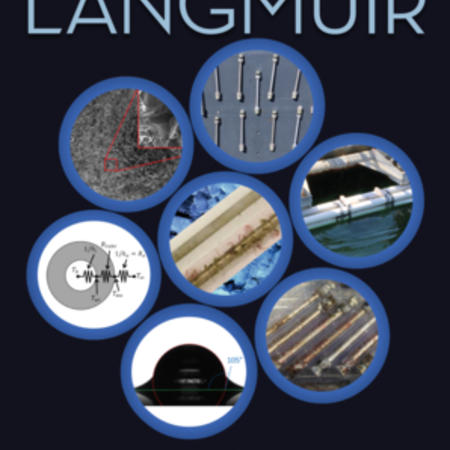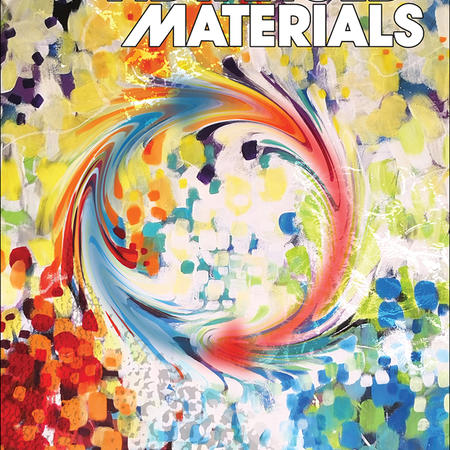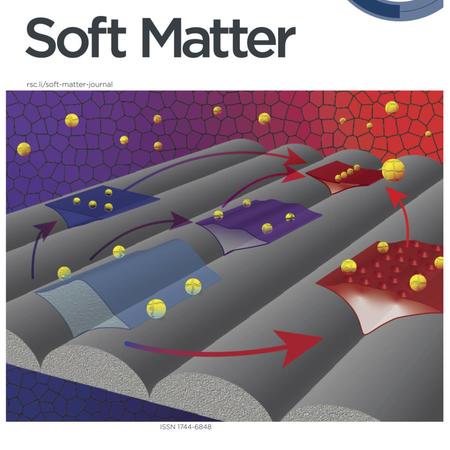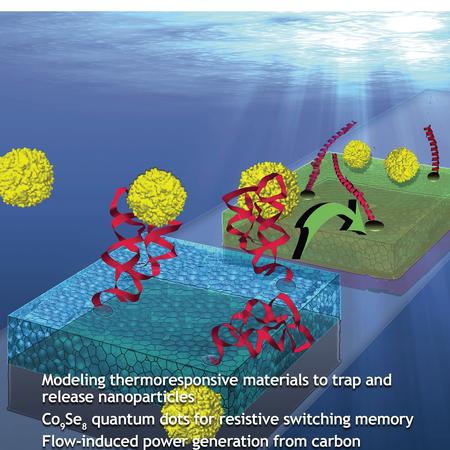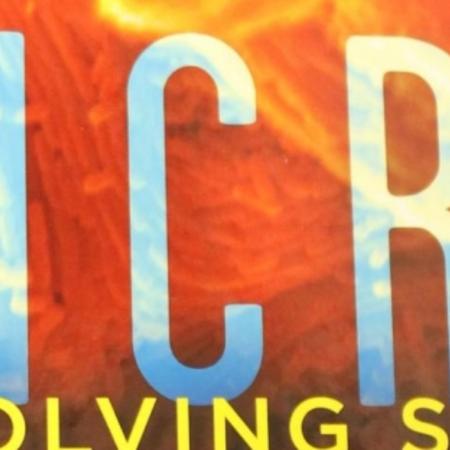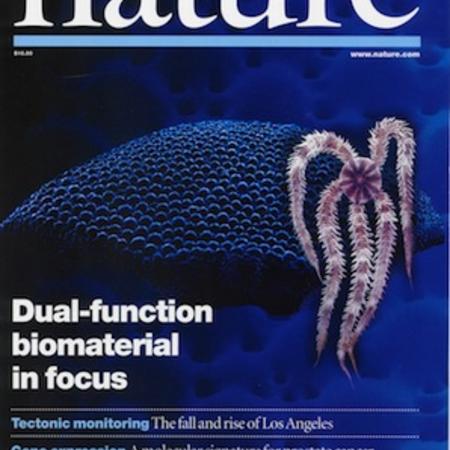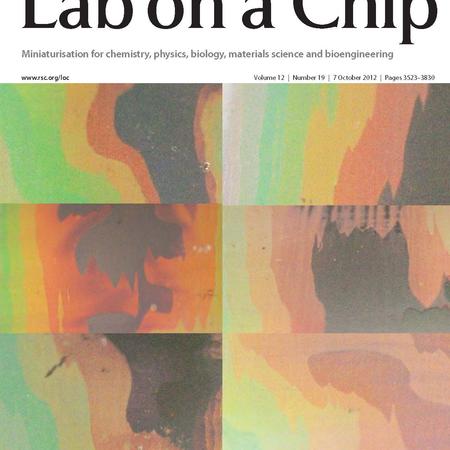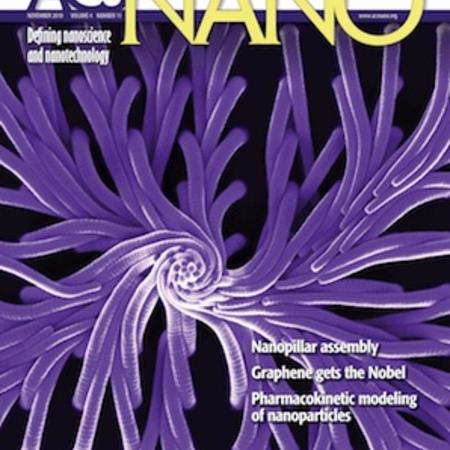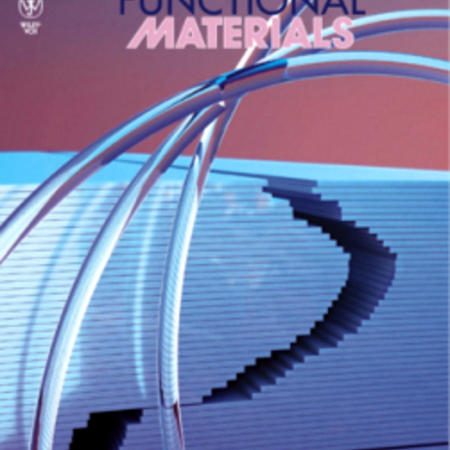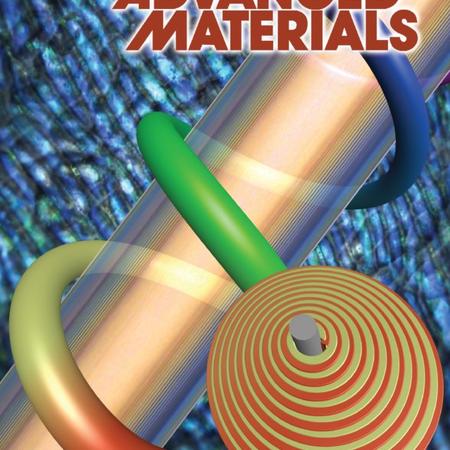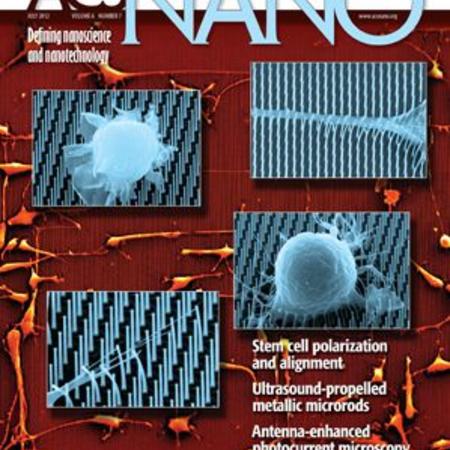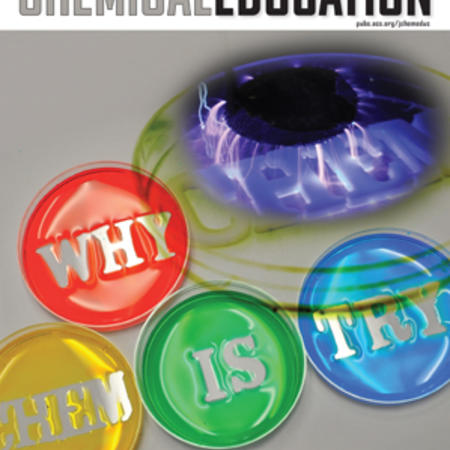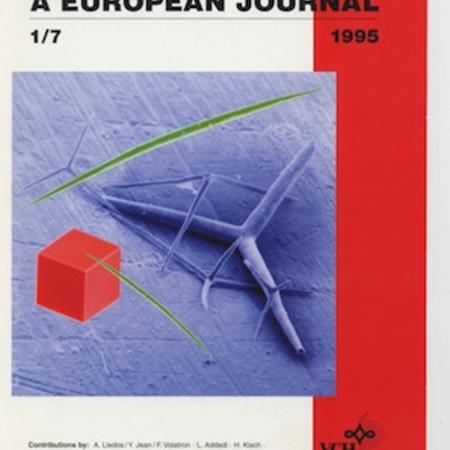Date Published:
2018/12/18
Abstract:
The range of allowed deformation modes currently described for the actuation of microstructures is limited. In this work we introduce magnetic-field–guided encoding of highly controlled molecular anisotropy into 3D liquid-crystalline elastomer microstructures capable of displaying unique multiresponsive, shape-changing behaviors. The richness of the predetermined and self-regulated deformations and region-specific motions in these microstructural arrays gives rise to physicochemical insights, as well as potential applications in controlled adhesion, information encryption, soft robotics, and self-regulated light–material interactions.Dynamic functions of biological organisms often rely on arrays of actively deformable microstructures undergoing a nearly unlimited repertoire of predetermined and self-regulated reconfigurations and motions, most of which are difficult or not yet possible to achieve in synthetic systems. Here, we introduce stimuli-responsive microstructures based on liquid-crystalline elastomers (LCEs) that display a broad range of hierarchical, even mechanically unfavored deformation behaviors. By polymerizing molded prepolymer in patterned magnetic fields, we encode any desired uniform mesogen orientation into the resulting LCE microstructures, which is then read out upon heating above the nematic–isotropic transition temperature (TN–I) as a specific prescribed deformation, such as twisting, in- and out-of-plane tilting, stretching, or contraction. By further introducing light-responsive moieties, we demonstrate unique multifunctionality of the LCEs capable of three actuation modes: self-regulated bending toward the light source at T < TN–I, magnetic-field–encoded predetermined deformation at T > TN–I, and direction-dependent self-regulated motion toward the light at T > TN–I. We develop approaches to create patterned arrays of microstructures with encoded multiple area-specific deformation modes and show their functions in responsive release of cargo, image concealment, and light-controlled reflectivity. We foresee that this platform can be widely applied in switchable adhesion, information encryption, autonomous antennae, energy harvesting, soft robotics, and smart buildings.
Website
